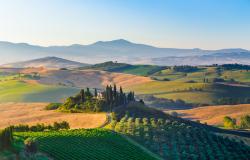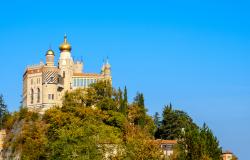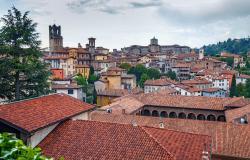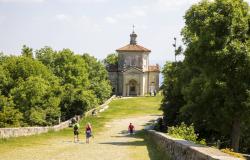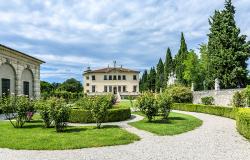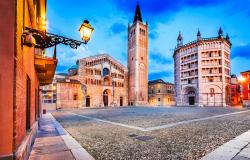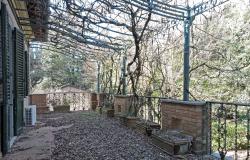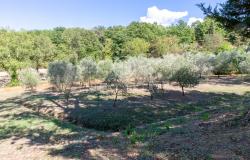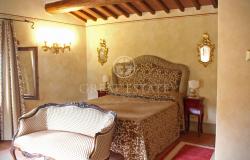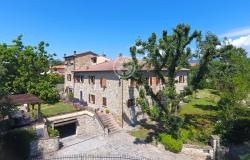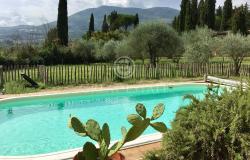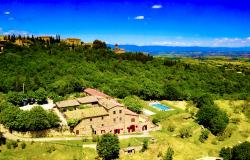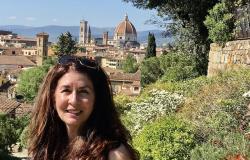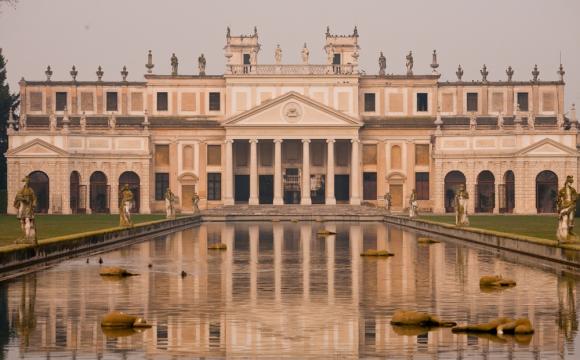The year 2015 sees Pisa celebrate the 28th anniversary of the inclusion of the Piazza del Duomo in the list of UNESCO World Heritage Sites. Most day visitors arrive at the piazza, on the edge of the city, and see only its four architectural masterpieces: the world-famous Leaning Tower, the Cathedral, the Baptistry and the Camposanto Monumentale. However, Pisa is far more than the site of the Leaning Tower. The Piazza dei Cavalieri, once the site of a Roman forum, is breathtaking. The city has several important museums. Entire streets are painted in beautiful, warm shades of yellow, orange and russet.
The Leaning Tower
 The Leaning Tower is the campanile (bell tower) of the Cathedral. The tower is 56 metres (183 feet) high and has 296 or 294 steps (one of the staircases from the seventh to the eighth floor has two fewer steps). Its construction began in 1173 but, due to almost continual battles with other city-states, was not completed until 1372. Owing to shallow foundations and waterlogged ground, it began to lean almost from the start, and engineers attempted to compensate for the lean by building one side of the upper storeys higher than the other, so that the building became slightly curved, although this is barely apparent to the naked eye. During the 20th century a lowering of the water table increased the rate of lean to about a millimetre per year. In the 1960s investigations began into possible ways to prevent the eventual collapse of the tower. Because of the enormity of the problem, it was not until 1990 that restoration work could begin. In 2001 it was re-opened to the public. Further restoration and cleaning was finally completed in 2008; the total cost of the work was £26 million. Engineers stated that the tower had stopped moving for the first time and would be stable for at least 200 years. It has been straightened by 48cm (19in) so that it now leans by 3.9m (12ft 10in); its angle of lean has improved from 5.5 to 3.97 degrees, but the change is not noticeable to the naked eye.
The Leaning Tower is the campanile (bell tower) of the Cathedral. The tower is 56 metres (183 feet) high and has 296 or 294 steps (one of the staircases from the seventh to the eighth floor has two fewer steps). Its construction began in 1173 but, due to almost continual battles with other city-states, was not completed until 1372. Owing to shallow foundations and waterlogged ground, it began to lean almost from the start, and engineers attempted to compensate for the lean by building one side of the upper storeys higher than the other, so that the building became slightly curved, although this is barely apparent to the naked eye. During the 20th century a lowering of the water table increased the rate of lean to about a millimetre per year. In the 1960s investigations began into possible ways to prevent the eventual collapse of the tower. Because of the enormity of the problem, it was not until 1990 that restoration work could begin. In 2001 it was re-opened to the public. Further restoration and cleaning was finally completed in 2008; the total cost of the work was £26 million. Engineers stated that the tower had stopped moving for the first time and would be stable for at least 200 years. It has been straightened by 48cm (19in) so that it now leans by 3.9m (12ft 10in); its angle of lean has improved from 5.5 to 3.97 degrees, but the change is not noticeable to the naked eye.
Other buildings of the Piazza del Duomo
The Cathedral and the Baptistry also lean slightly. The building of the Cathedral was begun in 1064 and took three centuries to complete. The façade is of coloured marble and features intricately-patterned blind arcades and colonnades. The 14th-century pulpit is regarded as one of the finest Italian Gothic sculptures. The Museo dell’Opera del Duomo, in the former chapter house of the Cathedral, contains sculptures, paintings, and Roman and Etruscan remains.

The Baptistry was constructed between the 12th and the 14th centuries. It is encircled by blind arcades and colonnades to complement those of the Cathedral and the Leaning Tower. The interior has an intricately-decorated pulpit and font.
The medieval cemetery, the Camposanto Monumentale, is decorated with blind arcades similar to those of the other buildings on the piazza. It contains frescoes, sculptures and sarcophagi, which have been restored following heavy bomb damage during World War II.
Part of the 12th- and 13th-century hospital, the Ospedale di Misericordia, along the south side of the piazza, now houses the Museo delle Sinopie; the sinopias are preliminary drawings found beneath the frescoes of the Camposanto when they were removed for restoration following severe damage during World War II.
Orto Botanico
South of the Piazza del Duomo is the beautiful Orto Botanico, the oldest university botanical garden in Europe; the façade of the old Botany Institute building is decorated with seashells.
Piazza dei Cavalieri
The Piazza dei Cavalieri was once the site of a Roman forum. It was remodelled in the 16th century, when it became the headquarters of the Knights of Santo Stefano. The present church of Santo Stefano dei Cavalieri was built in the 16th century over an existing church.
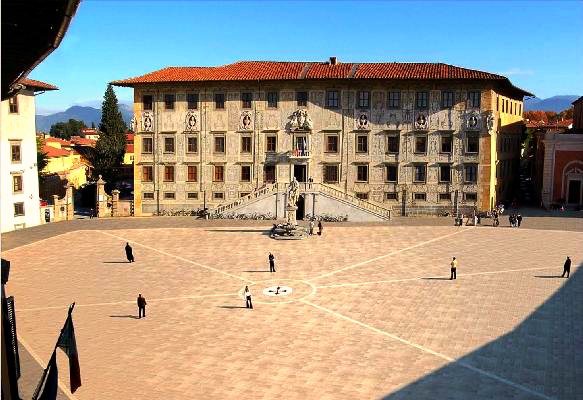
The piazza is the setting for several buildings now belonging to the Scuola Normale Superiore, which at one time was a part of the University of Pisa but is now a prestigious autonomous university and part of the Pisa University System. The most striking of these buildings is the Palazzo dei Cavalieri, the façade of which is richly decorated with black and white sgraffito (relief) representations of allegorical figures and signs of the zodiac. Between the third and fourth storeys are marble crests and busts of the Medici grand dukes, and in front of the building is a statue of Cosimo I de’Medici. Also belonging to the Scuola is the beautiful Palazzo dell’Orologio, created in the 17th century by linking two medieval towers. It has been used as both a hospital and a prison, and now houses part of the library. Other buildings on this piazza that are parts of the Scuola include the Palazzo della Canonica, the Palazzo del Consiglio dei Dodici and the Palazzo del Collegio Puteano.
Citadel and Shipyard
The Citadel and the original Guelph Tower were built in the 15th century for the defence of the shipyards; the Guelph Tower was completely destroyed during World War II, and in 1956 was replaced with an identical one. Nearby is the 16th-century Medici Shipyard.
Streets and River
One could easily spend a day wandering Pisa’s atttractive streets. One of the oldest and most elegant is the Borgo Stretto, with its many palaces, arcades and expensive shops. From the bridges over the River Arno there are fine views of the colourful façades of the Lungarni, the riverside streets. One of the oldest, best-preserved buildings is the 14th-century, red-brick, leaning Palazzo Agostini. Part of the palazzo is occupied by the Caffé dell’Ussero, which was founded in 1794 and frequented by patriots and intellectuals. The Museo Nazionale di Palazzo Reale contains sculptures, paintings and armour belonging to the royal families who lived there.

The thirty-eight-roomed Museo Nazionale di San Matteo was a medieval convent and, later, a prison; it contains Pisan and Florentine art from the 12th to 17th centuries. Palazzo Gambacorti, now the City Hall, was completed in 1380 and was the home of a nobleman, Pietro Gambacorti. It contains frescoes depicting Pisa’s victories at sea, and remains of Roman columns can be seen in the inner courtyard. It is connected by a footbridge to the Logge di Banchi, built in the early 17th century as a wool and silk market.

